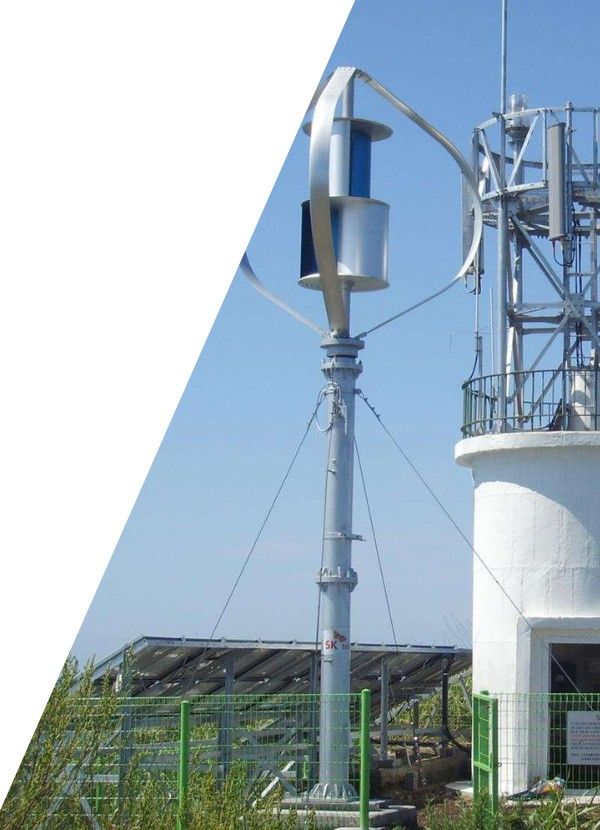Bangladesh, with its rapidly growing population and increasing energy demand, faces significant challenges in ensuring a sustainable and reliable energy supply. As the country seeks to diversify its energy sources, green energy—especially wind and solar—has emerged as a key solution. Among innovative technologies, vertical-axis wind turbines (VAWTs), or vertical windmills, are gaining attention for their potential in urban and rural areas alike.
Why Green Energy is Crucial for Bangladesh
- Growing Energy Demand: With urbanization, industrial growth, and population increase, Bangladesh’s energy needs are rising sharply. Conventional fossil fuels alone cannot meet this demand sustainably.
- Environmental Impact: Traditional energy sources contribute to air pollution and greenhouse gas emissions. Green energy solutions reduce carbon footprint and help the country move toward climate goals.
- Energy Security: Reliance on imported fuels makes the country vulnerable to price fluctuations. Renewable sources like wind provide more energy independence.
Vertical Windmills: An Innovative Approach
Vertical windmills, or vertical-axis wind turbines (VAWTs), have several advantages that make them particularly suited to Bangladesh:
- Space Efficiency: Unlike traditional horizontal-axis wind turbines (HAWTs), vertical windmills occupy less space and can be installed on rooftops, urban areas, or small plots of land.
- Omnidirectional Wind Capture: Vertical turbines can capture wind from any direction, making them effective in areas where wind patterns are inconsistent.
- Low Noise and Maintenance: VAWTs are quieter and have fewer moving parts, reducing maintenance costs over time.
- Scalable Applications: They can be used for residential power, small industries, and even for hybrid systems combined with solar panels.
Potential for Bangladesh
Bangladesh has promising wind corridors, particularly along coastal areas and riverbanks, where consistent wind speeds can generate electricity efficiently. With growing urban density, vertical windmills could be a practical solution for rooftops, commercial buildings, and small industrial units. Additionally, combining vertical windmills with solar panels in hybrid systems can ensure energy generation even during variable weather conditions.
Challenges and Considerations
- Initial Investment: Vertical wind turbines require upfront investment, though long-term savings and energy independence often justify the cost.
- Awareness and Policy Support: Adoption depends on government incentives, subsidies, and awareness campaigns for businesses and households.
- Technical Expertise: Installation and maintenance require trained personnel and reliable suppliers.
Conclusion
The future of green energy in Bangladesh is bright, and vertical windmills offer an innovative, space-efficient, and sustainable way to generate electricity. With supportive policies, investment in infrastructure, and public awareness, vertical windmills could become a key part of Bangladesh’s renewable energy landscape, reducing dependence on fossil fuels and contributing to a cleaner, greener future.

